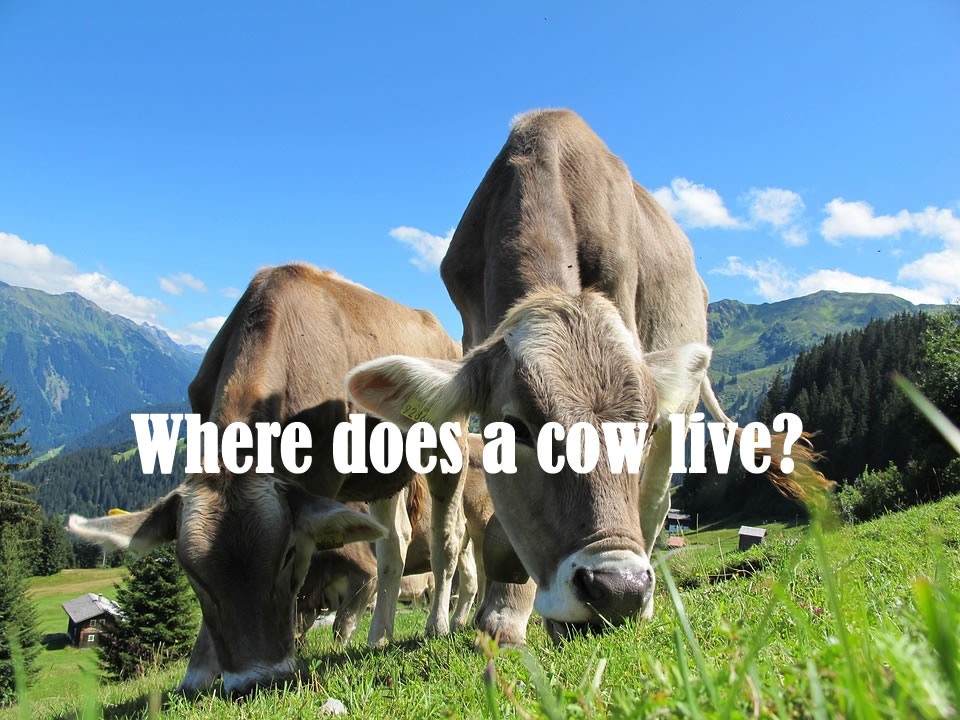Raising cattle involves many considerations. These include the humane treatment of cattle, the nutritional needs of cattle, and the cost of raising cattle. In addition, this article covers breeding for vigor and humane handling. Raising cattle is a challenging and rewarding endeavor. It is important to take care of the animals well to prevent them from suffering from injuries or disease.
Breeding cattle for vigor is one way to increase production. It has several benefits. According to a University of Alberta study, an increase in vigor would improve the fertility and production of 46% of cows and 39% of calves. The study analyzed the genetic makeup of 2311 progeny and dams in thirteen commercial herds in Alberta. The study also showed that a 10 percent increase in Hybrid Vigor score resulted in an increase of 2.3% in pregnancy rate and two extra calves per 100 cows.
Today’s commercial beef industry demands improved genetic performance. This is achieved through crossbreeding. The resultant animals have a high level of heterosis, a genetic trait which means they are able to combine the traits of their parents. Crossbred animals also have better carcass traits and better environmental adaptation.
The vigor factor also affects the health of the newborn calves. An increased vigor in beef calves will help minimize the mortality rate of the calves and increase weight gain until weaning. However, only a small number of studies have been conducted on the benefits of breeding cattle for vigor. Nonetheless, it is possible to maximize the performance of beef cattle when vigor and human assistance are combined.
Humane treatment of cattle
Humane treatment of cattle is essential when it comes to raising livestock. Cattle farmers are finding that treating their cows well can boost their profit margins. With beef prices hitting record highs, humane treatment of cattle is a key way to improve the lives of cattle. Professor Temple Grandin, a world-renowned animal welfare advocate, said that humane treatment can pay off at the ranch, feedlot, and slaughterhouse.
According to the worker, animal welfare involves providing the animal with a good life and a comfortable environment. The treatment of cattle must be in line with the worker’s own welfare, and must include both medical and nutritional care. The worker also believes that better animal welfare benefits productivity and health.
The USDA’s Food Safety and Inspection Service (FSIS) has developed a guide for humane handling of livestock. This guide outlines the regulatory requirements for 9 CFR Part 313 and promotes an integrated approach to achieving compliance. It also provides information on the use of electronic monitoring equipment and good commercial practices in poultry production.
Nutritional requirements of cattle
Nutrition is one of the most important aspects of cattle raising. Cattle need specific nutrients, including protein, energy and water. In addition to these, they also need vitamins and minerals. These requirements differ from animal to animal and may depend on the age and stage of production. Feed is also one of the largest expenses in beef production, and it’s vital to get the right balance to maximize profitability and performance.
The nutritional requirements of cattle increase as they grow. The daily protein requirements of mature cattle are approximately double those of dry cows. They also need more protein for maintaining their body weight and producing milk. Moreover, lactating cows need more protein than dry cows, as milk contains a high concentration of protein. In addition, a moderate body weight is essential for good conception rates.
Protein is essential for maintaining, growing and reproducing. It makes up the structure of muscles, the nervous system, and connective tissues. A cow’s protein needs depend on its age, growth rate, and pregnancy status. During late pregnancy and lactation, the requirement for protein increases. In addition, the rumen microorganisms resynthesize the protein in forage to form microbial protein. Forage contains both true protein and low amounts of non-protein nitrogen, making them ideal for cattle nutrition.
Cost of raising cattle
The cost of raising cattle varies depending on the type of livestock, herd size, and other factors. Cattle require a lot of feed, which can cost up to $900 per head per year. The average cow needs about 30 to 40 pounds of hay per day. Buying hay all year round can cost thousands of dollars, so raising your own feed can save you a considerable amount of money. Also, you can choose cows that graze year-round to reduce the cost of buying hay.
The cost of raising cattle is divided into three parts: land, labor, and equipment. The cost of land represents approximately $200 per cow per year, and includes depreciation, interest, and ownership costs. The cost of equipment makes up 15 to 30 percent of the total cow cost. In addition, equipment costs include the cost of interest, repairs, and depreciation.
A beef cow can cost up to $3,000 per head, and a dairy cow may cost anywhere from $1,000 to $3,000. A dairy cow, which produces milk, needs about 2 acres of grass. Feeding a dairy cow can cost up to $300 per month.
How to Determine If Your Cattle Are Bulls, Steers Or Cows?
It might be challenging to distinguish between bulls, steers, cows, and heifers if you’re new to the world of cattle. Even if you first believed …
Are all cows female? Bull, Cow, Steer, and Heifer Explained
The more experience you have with anything, the more subtleties and nuances you’ll find that were first overlooked yet ended up being important to your …
Where does a cow live?
Cows are a trusted resource provider for humans and integral to many aspects of human life as we know it today. They provide us with …





